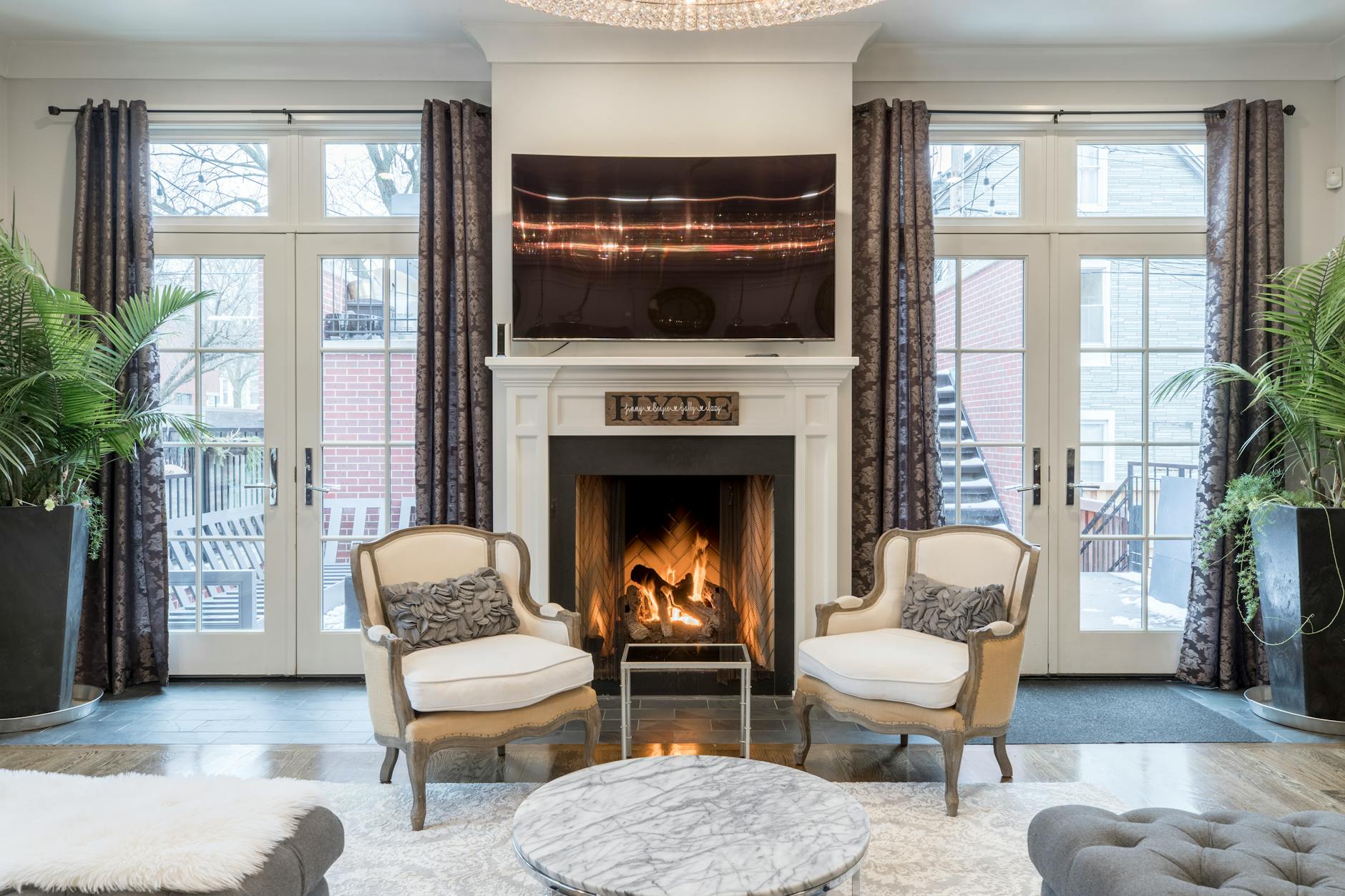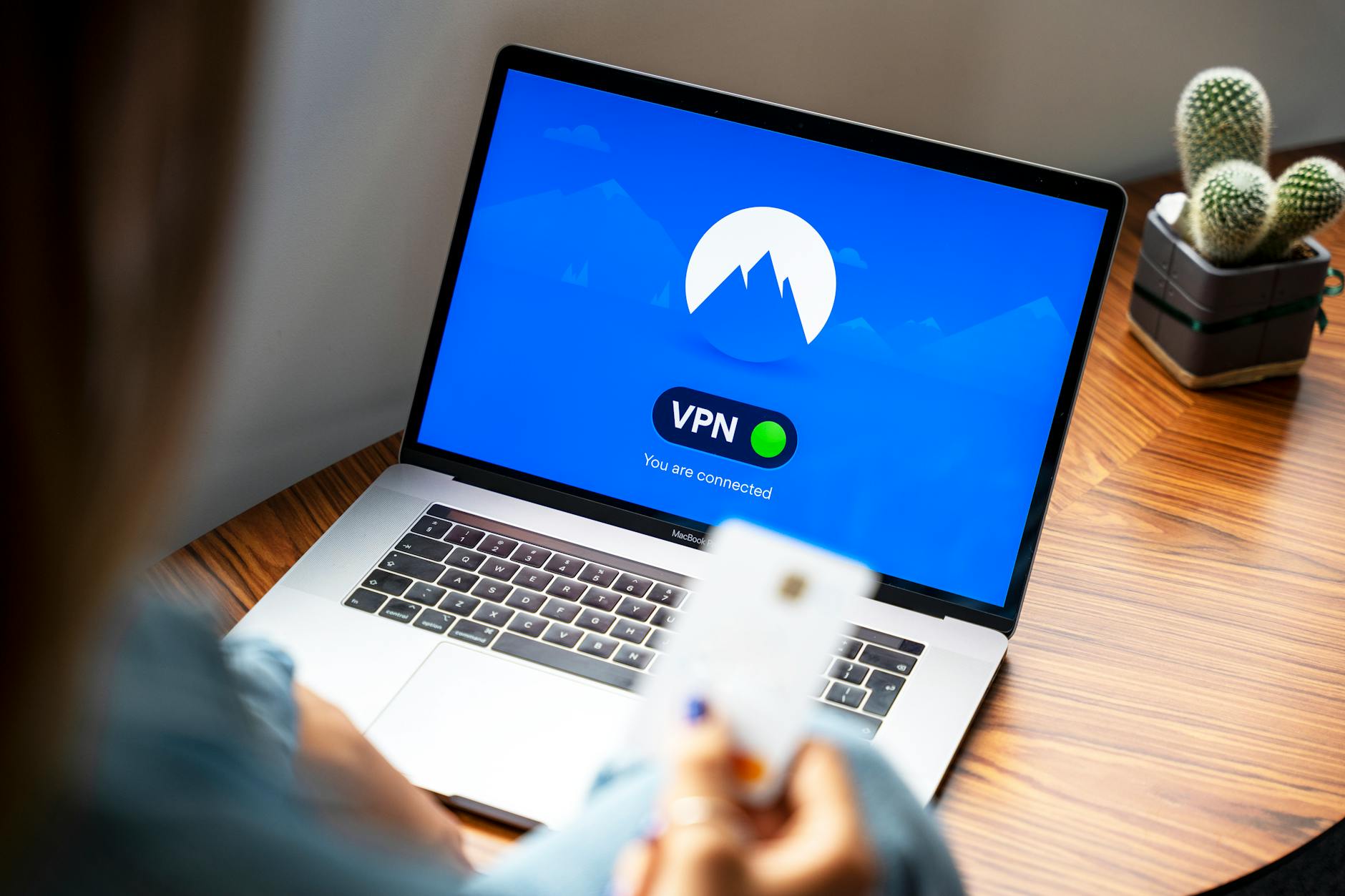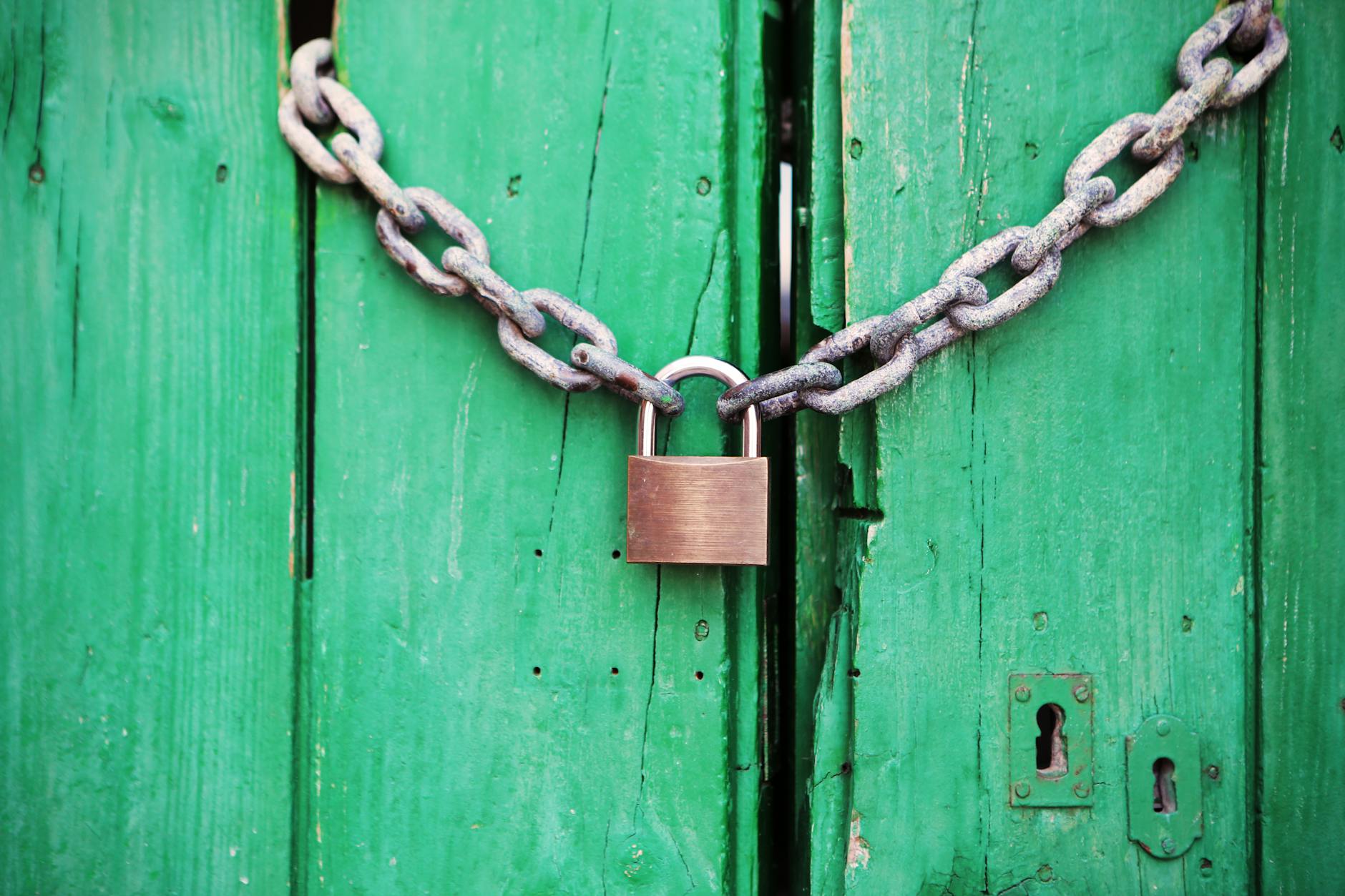OK this is probably a fan boy post (and a good distraction from the elections today), but as I’ve been sitting at home trying to get no less than five (?!!) homes secure and ready I realize how the smart home market has really been coming together over the last year without me really realizing it.
We have a hodgepodge of stuff here with Ring, Nest, Alexa, Google and Apple devices all wandering around. But for a long time it’s been really hard to hit three criteria:
- Ease of use. These applications are just really complicated to use and with 2.5 major voice applications it is even worse with Alexa, Google and Siri all out there.
- The inability to be really private. Knowing that all your home security footage is available to the cloud provider (looking at you Ring) from any government is not super comforting.
- Obsolescence and fees. While everything moves to the cloud, you are are completely dependent (and get to pay for the privilege) on a cloud service.
- Narrow focus. While it is nice to turn your lights on and off, the integration of everything from security system, fire, smoke, access, entertainment is really a pretty big order.
- Remote access. Making it seamless at home and when you are away.
The good news is that there are two dark horses that seem to be arriving that can provide this. Apple is moving ahead (pretty quietly) with its Homekit ecosystem and Unifi with its prosumer focused one. It is still not all there yet, but the pieces are coming together as Reviewed, Wirecutter shows.
Here’s a summary of things that are useful to look at:
- Homekit.blog, Homekit News. Sort of without me looking, the Homekit ecosystem has slowly been catching up in breadth (although certainly not in-depth). More importantly, there are now dedicated review sites that are out there tracking devices. The key seems to be that Apple no longer requires a piece of hardware in Homekit devices, so it is just software integration.
- Lighting. There are many clones out there (like the Yeelight Smart LED Color Bulb) and I’m going to try a few, but Philips, at least for us has been very reliable (if a little expensive). It uses Zigbee as its backbone networking and has been reliable which is pretty important 🙂
- IN-wall Lighting controllers. Of course, none of these are full lighting control systems for that you need something like the Lutron Caseta that has dimmers. Naturally if you already have a Lutron system in, then you are going to have to replace a lot, but if you just have a collection of dumb switches, this isn’t a bad answer. The funny thing is that at some level a light switch is just another controller, so at the high end, having an iPad plugged in over POE is the best long term choice as it can control anything.
- Homekit Secure Video. I also kind of missed this, but it provides end-to-end encryption of your videos. So take that Ring and Google 🙂 This means that for low-end use where you just want 1080p video and storage securely in the Apple iCloud. The big limitation is that they only allow 5 cameras with the $15/month 2TB plan. As an aside, with the upcoming Apple One service, this is going to be a really low-cost way to store and view things. Some really nice cameras that are out are the Eufy (this is really Anker) with their $45 2K indoor pan and tilt camera (Homekit doesn’t support pan and tilt yet nor 2K but at that cost does it matter?) and the $70 for the pair eufy 2K Indoor Cam. There are also the more expensive Eve Cam at $149 at Amazon and Logitech Circle View at $159 (Amazon) but trying the Anker doesn’t seem like a bad idea. These are typically wireless cameras that need a USB power source or get a USB C to POE splitter if you have an Ethernet jack nearby.
- HomeKit Air Quality Sensors. These are more important than ever with the wildfires and all. There are really two that work well. The Eve Room 2 has the nicest interface but doesn’t have PM2.5 particulate with a nice e-ink display. The one that works the best is the Kaiterra Laser Egg+ but this is out of stock right now, so you will have to wait with two plus variants Laser Egg+ Chemical and Laser Egg+ CO2. The VOC seem like the more useful one.
- Homekit Home Hub. You do need a device that manages automation and this happens automatically with any Apple TV (4th Generation) or a HomePod. If you have an iPad you can set it automatically.
- Homekit Locks. Locks are a bit of different issue. First there are great locks like August but the issue is compatibility, what single cylinder deadbolts are compatible. It’s kind of a minefield as replacing all the locks in the house is expensive. And of course once you do this, you have to start replacing yet more batteries like crazy. it would be way nicer to have a powered deadbolt like offices do rather than rely on batteries.
- Homekit Smart Plugs (and Cnet, The Ambient, iMore and Techhive). This is a way to get “dumb” boxes into the real world. Wemo is good and iHome, but the Satechi which is more expensive at $50 but having power usage is really useful with the Satechi.
- Homekit Thermostats. The Nest is of course the leader, but you are plugged into the Google ecosystem, but the Ecobee 2 is a nice one. Just make sure you don’t a really complex furnace and ducting controls, otherwise, it’s a good one.
- Homekit Motion Sensors. At $40 for a motion sensor like the EcoBee when a camera from Eufy is $44, you have to wonder if you really need a motion sensor or a camera is way more flexible.





